- Destinations
- Travel Styles
- About Us
- Contacts
- Destinations
- Travel Styles
- About Us
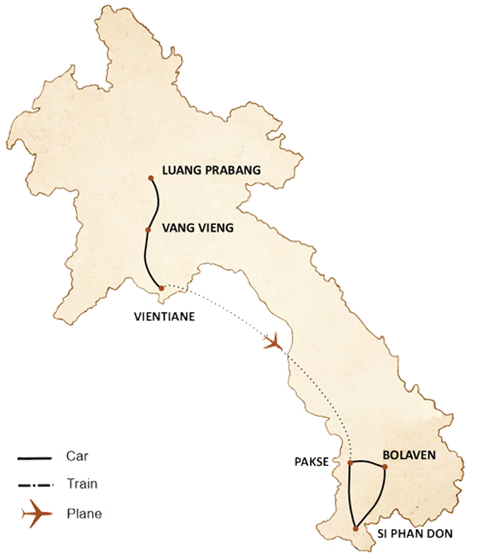
Upon arrival in Luang Prabang, the ancient capital of the Lanxang kingdom, you will receive a warm welcome from your "Kampá Tour" guide. Afterward, you will check in at the hotel (with rooms available from 2:00 p.m.).
Your first day in the city will include visits to:
You will return to the town for the night in Luang Prabang.
Spend the day exploring Luang Prabang, the former imperial city.
Begin with a walking tour through less-visited areas, showcasing traditional charm and UNESCO-listed architectural diversity:
In the afternoon, visit Wat Sene, the oldest temple, and the impressive Wat Xiengthong, showcasing classic Laotian architectural styles.
Explore the Royal Palace Museum, home to a collection of intriguing artifacts.
Visit Wat Mai, one of Luang Prabang's largest and most ornate temples.
Conclude your day by ascending Mount Phousi for a tranquil exploration of the sacred stupa and a panoramic view of the sunset over the Mekong River.
Overnight in Luang Prabang.
Option: Take a walk or bike ride through the city to observe the unique Laotian tradition of offering alms to monks on the roadside. Laos is the only Buddhist nation to preserve this ritual. Afterward, make a brief visit to the local morning market near the Royal Palace. At the market, you can find a variety of products, from rice and fresh vegetables to steamed fish, frogs, and the day's catch, all laid out on the ground – this is an integral part of the daily life of local people and provides a genuine taste of local culture.
Following breakfast, embark on a leisurely cruise upstream along the Mekong River, offering picturesque views of the tranquil countryside.
Arrive at the enigmatic Pak Ou Caves, a 16th-century cave monastery filled with thousands of Buddha images, situated 25 kilometers north of Luang Prabang within the limestone cliffs overlooking the Mekong.
Return to Luang Prabang, with a stop along the way at Ban Muang Keo, a village renowned for its traditional Lao rice whiskey distillation.
Next, visit Ban Xangkhong, the village of the Thai Lue people, known for their arts and crafts. You will also explore the neighboring village of Ban Xienglek, where traditional Saa paper is produced.
Overnight in Luang Prabang.
After breakfast at the hotel, we'll head directly to Kuang Si, the largest waterfall in the Luang Prabang area. The pools here are perfect for swimming and are highly popular among both tourists and locals.
You can also take a walk to the nearby village of Ban Thapene to explore hidden waterfalls, which are rarely visited by other tourists. If you wish, you can make a short visit to the Bear Rescue Center, where a few dozen animals have been rescued from the hands of poachers and traffickers.
On our way back to Luang Prabang, we'll also make a brief stop at the Ock Pop Tock Craft Center, where weavers, spinners, and batik makers produce premium quality fabrics. Free tours are offered every half hour.
The night will be spent in Luang Prabang.
Another enjoyable activity not to be missed for your children: Begin the day with breakfast at the hotel, followed by a direct transfer to the elephant village.
Upon arrival at the elephant camp, you will be welcomed by our camp manager, who will provide a brief introduction to the camp and its elephants.
After getting acquainted with the elephants by feeding them corn or sugar cane, embark on an elephant ride along the Nam Khan River. It's your turn to care for the elephants by bathing them in the Khan River, offering an exhilarating bathing experience!
In the afternoon, enjoy a boat trip to Tad Sae waterfall. While less touristy than Kuang Si Falls, Tad Sae offers a remarkable spectacle and an exceptional swimming experience, with numerous staircase "bathtubs" surrounded by pristine nature.
Return to Luang Prabang and transfer to the train station for your journey to Vang Vieng (6:20 p.m. - 7:12 p.m.).
Upon arrival in Vang Vieng, you will be met and transferred to your hotel for the night in Vang Vieng
In the morning, explore Vang Vieng, a charming town nestled along the banks of the Nam Song River in an idyllic setting. Often referred to as 'the Halong Bay of Laos,' Vang Vieng is a haven for nature enthusiasts.
The limestone cliffs and valleys surrounding Vang Vieng house numerous caves and caverns. Your tour begins with a visit to the most famous of these caves, Tham Jang, which served as a refuge for local people during a Chinese invasion 200 years ago.
Continue your exploration at Tham Nanga, also known as the Cave of Angels, featuring massive limestone formations and spectacular stalactites in unique formations. Before returning to Vang Vieng, take time to relax and refresh at the Blue Lagoon.
Bid farewell to Vang Vieng as you depart for Vientiane. This capital city, situated on the banks of the Mekong River, evokes exotic images with its intriguing blend of Laotian, Thai, Chinese, Vietnamese, and French influences.
Night in Vientiane.
Today is dedicated to exploring Vientiane's most remarkable cultural and historical sites:
Night in Vientaine.
Take a flight to Paksé, the largest city in southern Laos. Upon arrival, you'll be welcomed by the local guide and transferred to the Bolaven Plateau, a mountainous region that is home to dozens of hill tribes, waterfalls, and coffee and tea plantations.
During the journey, make a stop at a tea plantation. Next, visit the picturesque Tad Fan Waterfall, which is a double waterfall. You will then explore the local village of Ban Lak Sipchet, known for its iron knives, and Ban Lak Samsip, where bamboo baskets are crafted.
Don't miss the opportunity to visit Tad Yeung, where you can swim in the clear and refreshing natural pool at the base of the waterfall.
Enjoy the night at the Bolaven Plateau.
After breakfast, visit the Tha Teng food market. Then, explore the minority villages: Ban Bong Neua, an Alak village featuring a sacrificial altar, and Ban Kokphung, a Katu village where coffins are stored under the houses.
In the afternoon, explore Wat Phou, an ancient Khmer religious complex dating back to the 5th century. Recognized by UNESCO as a World Heritage Site, Wat Phou is a spectacular pre-Angkorian temple situated amidst the rice fields and waterways of southern Laos. The temple served as the most important economic and political center of the region and remains one of the most revered temples in Laos.
As the day comes to a close, continue your drive to Champassak to observe examples of French colonial architecture. From there, transfer to Don Khong, where you'll have the rest of the day for your own exploration.
Enjoy the night on Don Khong.
Today, we explore the Siphandon region in southern Laos, known for its unique landscape where the Mekong River divides into numerous islands and islets.
Board a long-tail boat to experience the vast Mekong during the dry season when the waters recede, revealing thousands of islets. Visit a local market, see Liphi Waterfall, and explore remnants of French colonial architecture.
Additionally, we'll visit a local pagoda to learn about spiritual traditions and admire the temple architecture.
Afterwards, enjoy free time and spend the night on Khone Island.
After breakfast, return to the fishing village of Ban Nakasang and head south to explore Khone Phapheng, considered the largest waterfall by volume in Southeast Asia. Located near the Lao-Cambodian border, Khone Phapheng is an awe-inspiring destination in an area rich with wildlife, making it one of the most breathtaking places in Laos.
On your way back to Paksé, visit Ban Khoh, a village known for its stone sculpture expertise.
At the end of the day, ascend to the top of Wat Phou Salao to admire the panoramic view of Pakse city.
Enjoy the night in Pakse.
Enjoy free time for relaxation or any final purchases.
Depending on your flight schedule, transfer to the airport for your return journey.
This marks the end of our 12-day Laos family tour services!
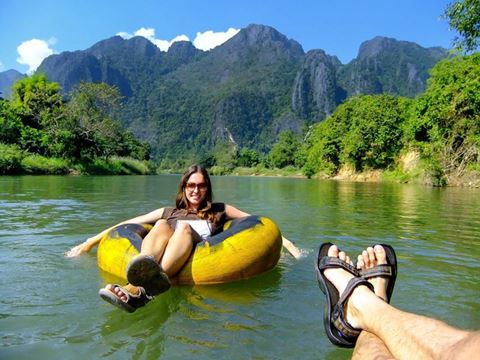
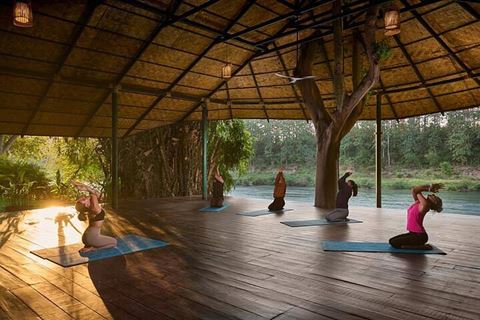
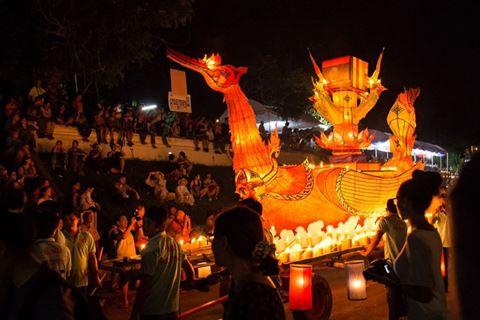
Customized travel is a service where your journey is designed according to your preferences for dates, duration of stay, services, and budget. A local advisor assists you in preparing for the trip and supports you on-site, handling transportation, visits, accommodation, and more. This ensures you benefit from an organized trip tailored to your desires and constraints down to the smallest details.
The ideal length of stay in Laos varies depending on individual preferences. For those with limited time who want to see the main highlights, 3-6 days is reasonable. If you are a Laos enthusiast and wish to explore in depth and experience it in an authentic manner, 2 weeks (10-15 days) is ideal.
Additionally, combining a trip to Laos with neighboring countries such as Vietnam, Cambodia, and Thailand can influence the decision on how long to stay in Laos.
Contact our advisors, who are knowledgeable about the destinations in Laos, to design a customized trip that perfectly meets your desires.
If you agree with the itinerary proposed by one of our advisors, please send us an email to confirm the reservation of the tour with our agency. Your advisor will then provide you with the booking documents, including:
A reservation form containing detailed information about your booked tour, as well as your personal details and contact information to be completed. You will need to return the form with these details duly filled out, which will be used for the organization of your trip. Please also send us a scan of your passports.
A travel invoice requesting a deposit payment of 25% of the total price.
The organization of your trip will be confirmed upon receipt of the completed form and once the deposit is in our possession. We will also send you a travel contract that certifies the details of your trip, including the duration, travel dates, deposit paid, and your contact information."
The price displayed on our website does not include international flights and is calculated based on 4 people with standard hotels. Our tours are private with custom services, so the price varies depending on the travel period, the selected service category, and especially the number of travelers. Please contact us for a detailed quote for your trip.
The ideal time to visit Laos depends on the seasons. There are two main seasons: the rainy season, from June to the end of September, and the dry season, which is divided into the cool dry season from October to March and the hot dry season from April to May. Generally, the best time to explore the entire country is from late October to early March.
For specific regions, the optimal times are:
Traveling during the rainy season offers lush and beautiful landscapes, better prices, fewer tourists, and easier service bookings, with rain mainly occurring at night, late afternoon, or early morning, and occasional showers during the day.
Vietnamese cuisine is incredibly diverse and delicious. With a gastronomic variety from North to South, you can find many tasty specialties. Each region has its own unique flavors and local dishes. Here is a list of dishes not to miss according to the region:
- In the North: During your stay in Hanoi, be sure to try Pho (beef rice noodle soup), Banh Mi (Vietnamese sandwich), Vietnamese spring rolls (Nem), and the legendary Egg Coffee, a Hanoi specialty.
- In the Central region: You must taste Bun Bo Hue, considered "one of the best soups in the world," and Cao Lau in Hoi An.
- In the South, the Mekong Delta region is renowned for its Vietnamese pancake, Banh Xeo.
We provide well-maintained, comfortable private cars with air conditioning for your trip. They are often equipped with a cooler, allowing you to have cold water bottles. The number of seats will depend on the number of participants. Here are our criteria:
| Number of travelers | 2-3 | 4-8 | 9-15 | 16-20 |
| Car size | Private 7-seater car | 16-seater minibus | 24-seater bus | 35 or 45-seater bus |
Our drivers are professional, cautious, and friendly. If you wish, they are ready to make stops along the way so you can better admire a beautiful landscape, take photos, or simply relax.
Yes, it is entirely possible to make changes to the provided itinerary. We specialize in private and tailor-made trips, and our advisors will be able to adjust the program according to your every wish.
International cards such as Visa or Mastercard are widely accepted in hotels, shops, and restaurants. However, please note that Vietnamese banks may apply an additional commission of 3% to 4% for this type of payment.
You can also pay in euros or USD at some businesses in major cities (hotels, restaurants, etc.). However, for small expenses, it is more advantageous to have Vietnamese Dong (VND). You can easily exchange currency at banks, jewelry shops, or even at your hotel. You can also withdraw VND from ATMs.
As for the balance payment, you can settle it in one of the following ways:
In cash upon your arrival. We accept US dollars and Euros (USD/EUR exchange rate calculated on the day of payment). However, we do not accept defaced or excessively old banknotes. We kindly ask you to obtain new bills from your bank to avoid any inconveniences during your trip.
By credit card upon your arrival at our office (using our credit card terminal). In this case, there is an additional fee of 3% for our bank if you pay with Visa or Mastercard and 4% for payments with Amex. Payment is made in the local currency.
By bank transfer: We request that you complete this transfer no later than 10 days before your departure. This is to ensure that the balance of your trip is credited to our account before the start of your journey
To make the deposit payment, you have two options:
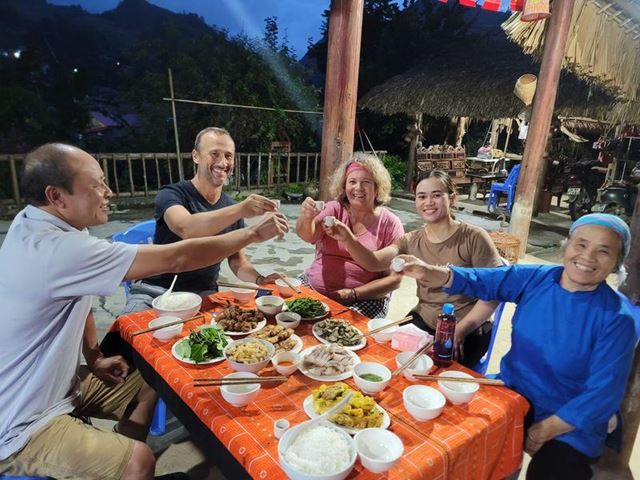
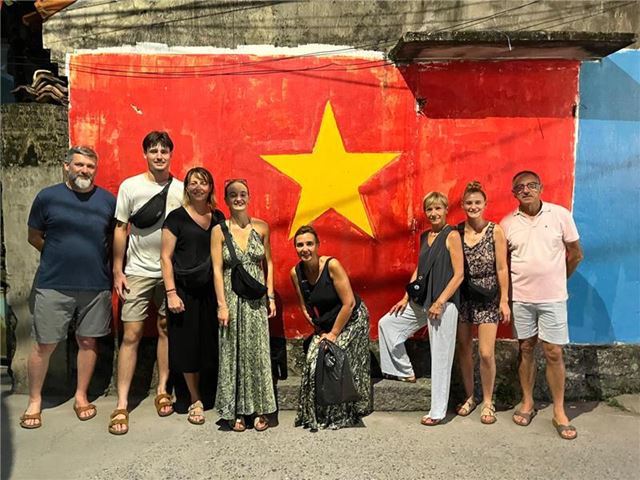
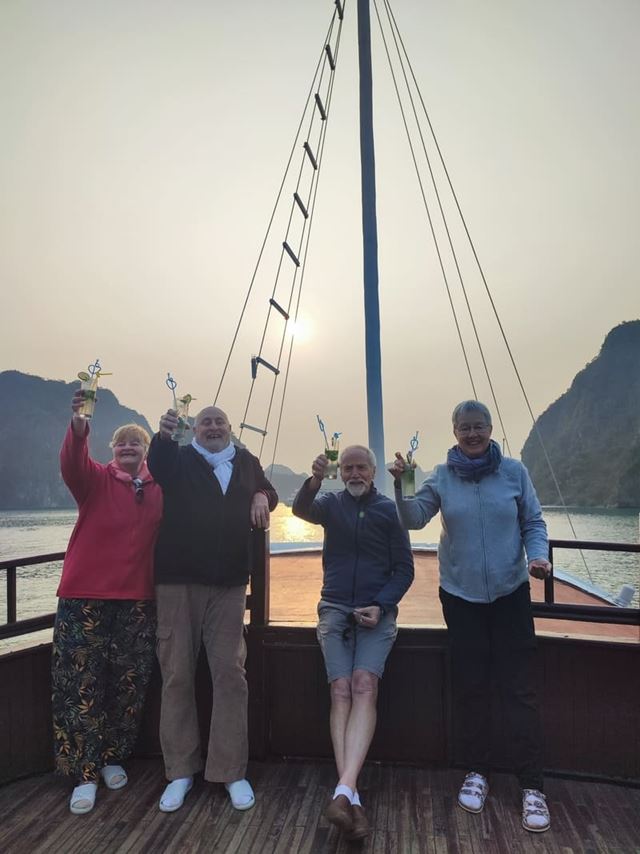
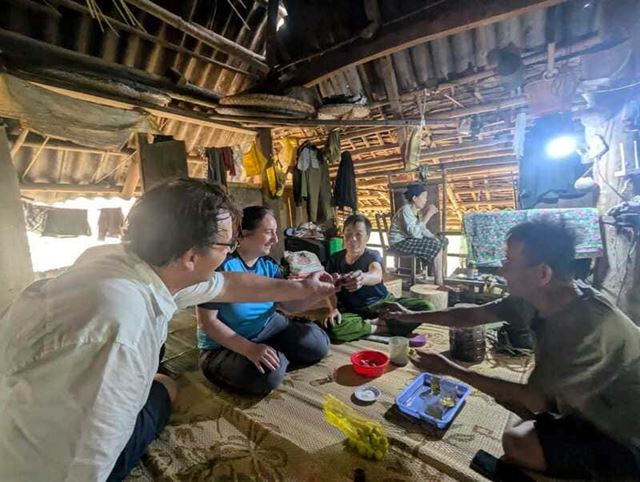
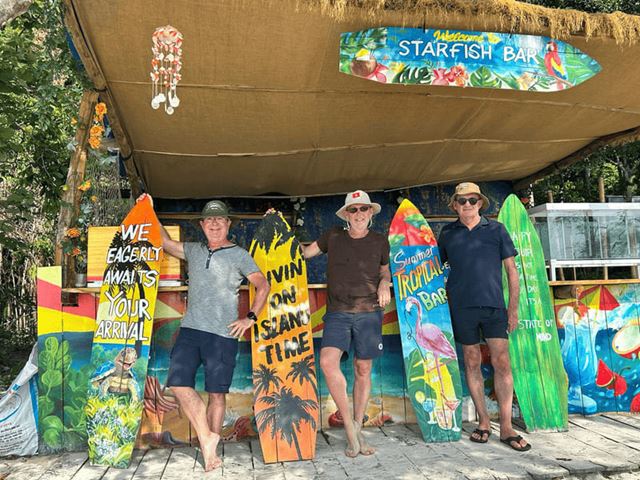
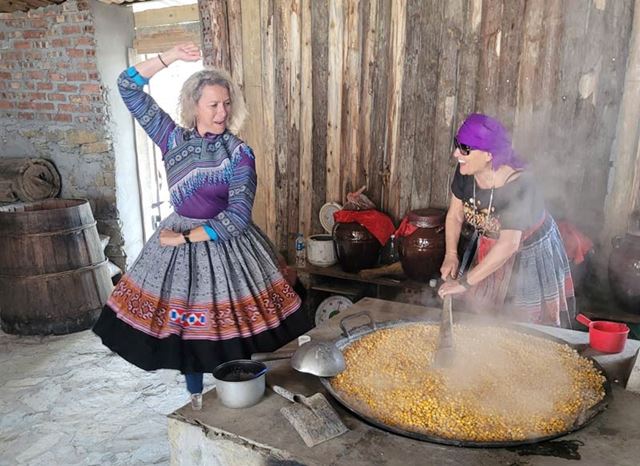
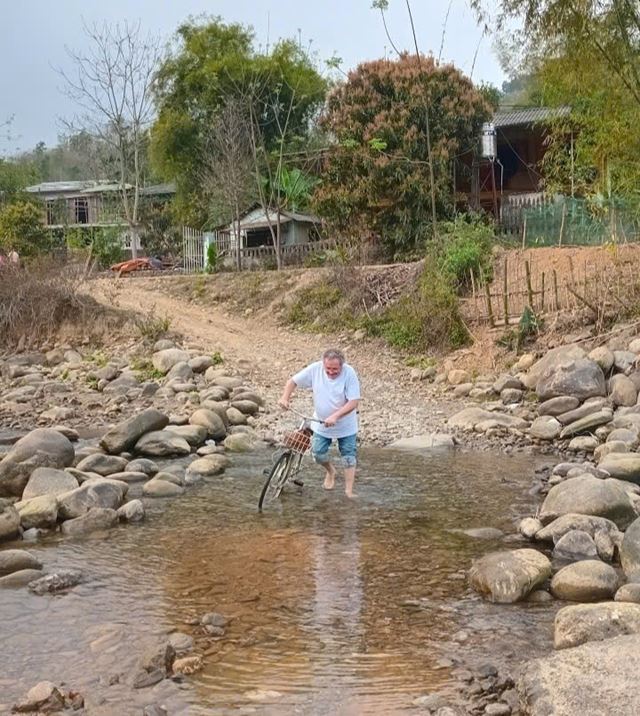
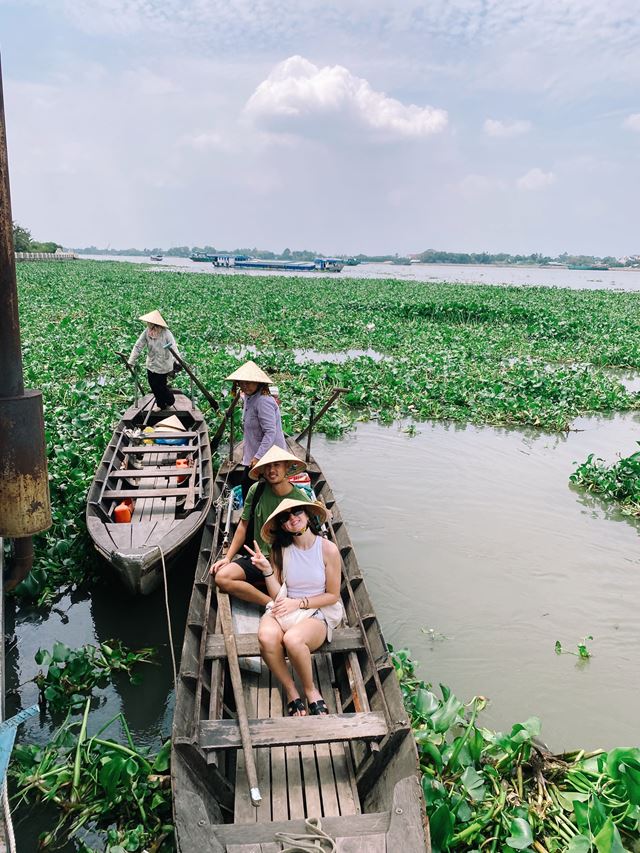
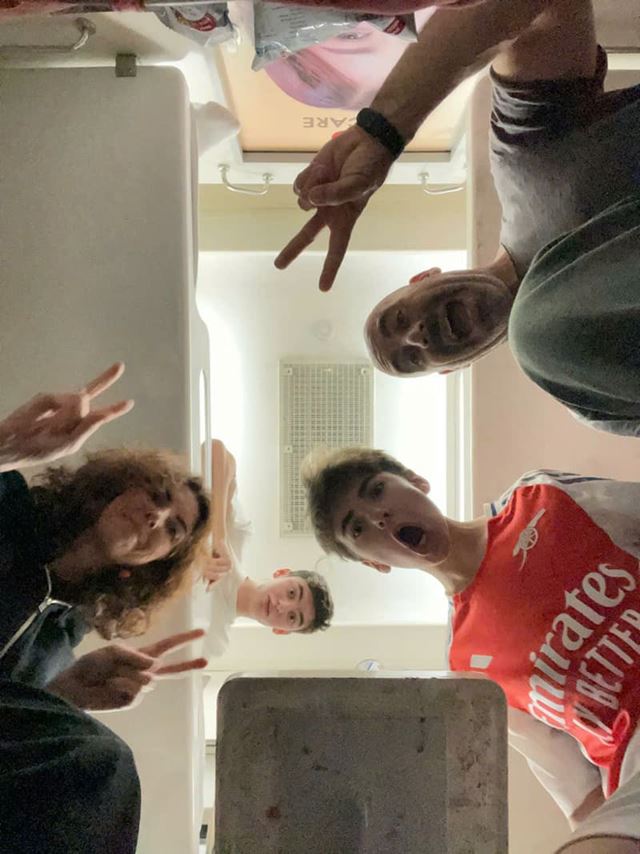
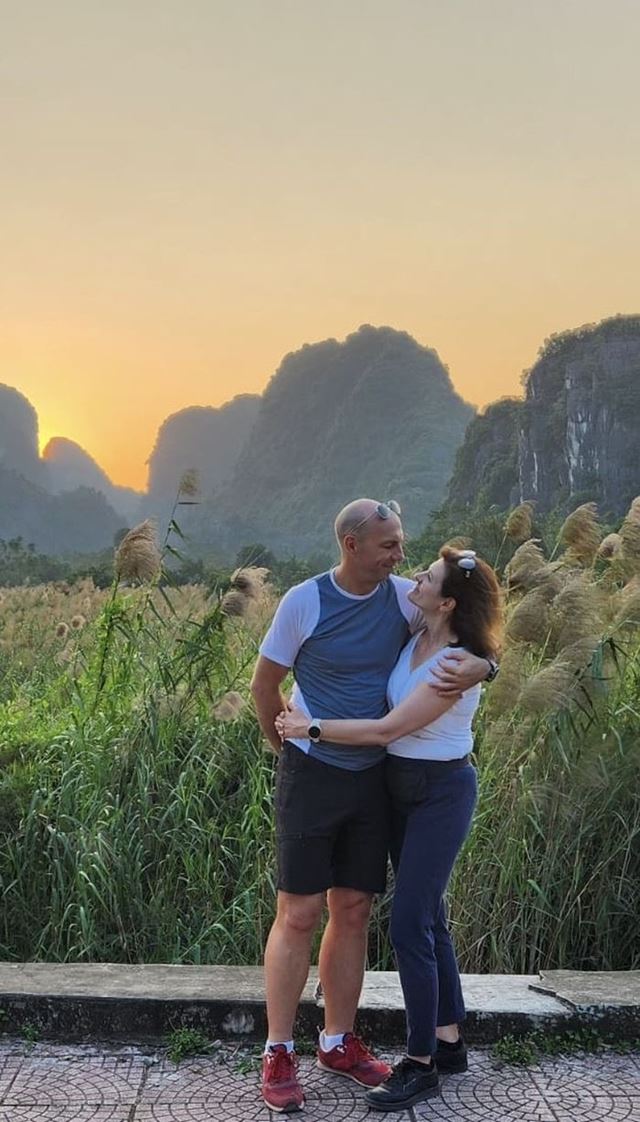
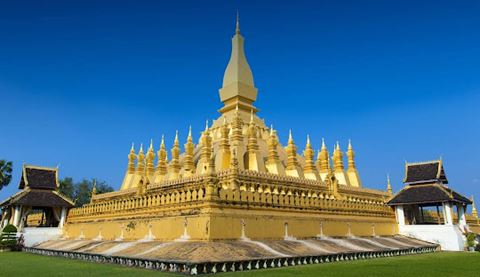 Laos 16 Days
Laos 16 Days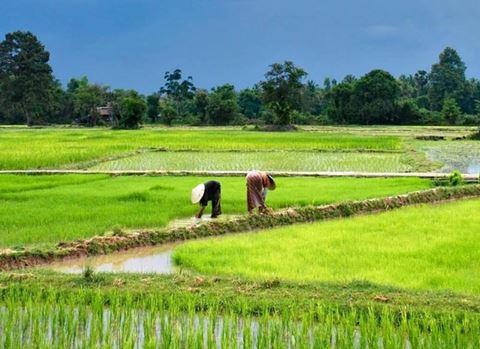 Off the beaten track
Off the beaten track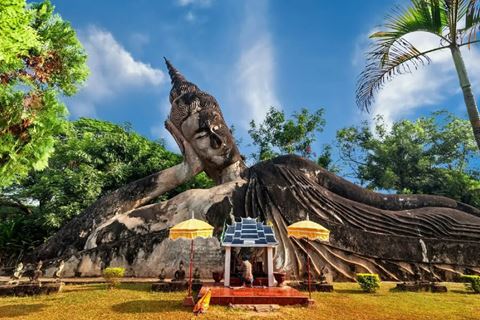 The Essentials
The Essentials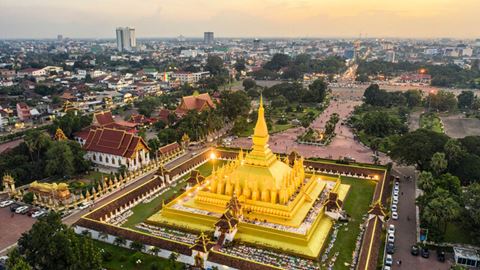 The Essentials
The Essentials
Comments
No comments yet - be the first to comment!